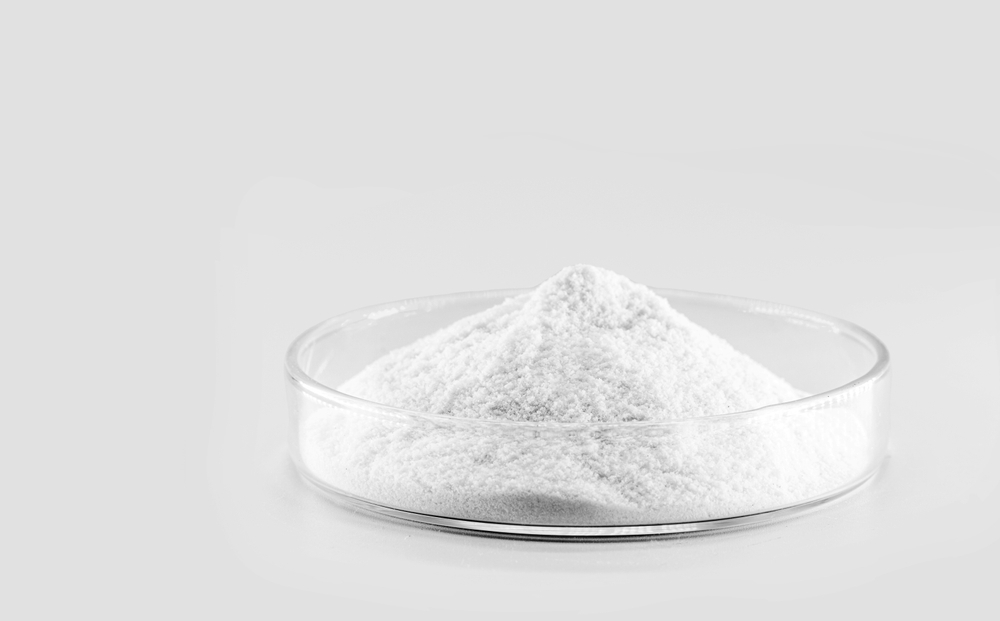The difference between battery materials lithium carbonate and lithium hydroxide
Lithium carbonate and lithium hydroxideare both raw materials for batteries. In the market, the prices of lithium carbonate and lithium hydroxide basically keep rising and falling together. What is the difference between these two materials?
1. Preparation process
Both can be extracted from spodumene, and the cost difference is not much, but if the two are converted into each other, additional costs and equipment are required, and the cost performance is not high.
Different technical routes. The preparation of lithium carbonate mainly adopts the "sulfuric acid method", which is to obtain lithium sulfate by reacting sulfuric acid with spodumene, adding sodium carbonate to the lithium sulfate solution, and then separating and drying to prepare lithium carbonate;
The preparation of lithium hydroxide mainly adopts the "alkali method", that is, it is prepared by roasting spodumene and calcium hydroxide, and some use the so-called sodium carbonate pressure method, that is, first prepare a lithium-containing solution, then add lime to the solution, and then prepare lithium hydroxide. In short, spodumene can be used to prepare both lithium carbonate and lithium hydroxide, but the process routes are different, the equipment cannot be shared, and there is not much difference in cost. In addition, the cost of preparing lithium hydroxide from salt lake brine is much higher than that of preparing lithium carbonate.
The technical difficulty of converting lithium carbonate into lithium hydroxide is low, but the cost and construction period are relatively troublesome. The "causticization method" is used to prepare lithium hydroxide from lithium carbonate. Lithium hydroxide is produced by reacting calcium hydroxide in lithium carbonate. The process is relatively sophisticated, but a special production line needs to be built. The production cost per ton is at least 6,000 yuan, not considering depreciation, etc. Considering factors such as environmental impact assessment, the construction period is at least 1-2 years. When the price of lithium carbonate is higher than the price of lithium hydroxide, the lithium carbonate causticization method will directly sell lithium carbonate without further producing lithium hydroxide.
It is simpler to prepare lithium carbonate from lithium hydroxide, but it also requires additional costs. Adding carbon dioxide to lithium hydroxide solution can obtain lithium carbonate solution, and then separate, deposit, and dry to obtain lithium carbonate. Similarly, this process requires the construction of a special production line and also requires additional costs. 2. In terms of application areas, since high-nickel ternary batteries require lower sintering temperatures, lithium hydroxide has become a necessary lithium salt for the preparation of high-nickel ternary materials. Lithium hydroxide is also required to prepare lithium iron phosphate (LFP) products by hydrothermal method.
NCA and NCM811 need to use battery-grade lithium hydroxide, while NCM622 and NCM523 can use either lithium hydroxide or lithium carbonate. Generally speaking, products produced with lithium hydroxide have better functions.
Specifically: Sintering temperature: The sintering temperature of ternary positive electrode materials of series 8 and above is usually low. If lithium carbonate is used as a lithium source, it is easy to cause incomplete decomposition due to insufficient calcination temperature, excessive free lithium on the surface of the positive electrode, too strong alkalinity, and increased sensitivity to humidity; therefore, high-nickel ternary positive electrodes usually use lithium hydroxide as a lithium source.
Discharge capacity/tap density: Using lithium hydroxide as a lithium source material, the first discharge capacity is as high as 172mAh/g, and it has a better tap density and a higher rate of charge and discharge performance.
Consistency: Lithium hydroxide has advantages over lithium carbonate in stability and consistency, and is more suitable for high-end positive electrode materials.
Cycle life: The particles of ternary materials prepared with lithium hydroxide as a lithium source are more uniform, which can greatly improve the cycle life of ternary materials.
